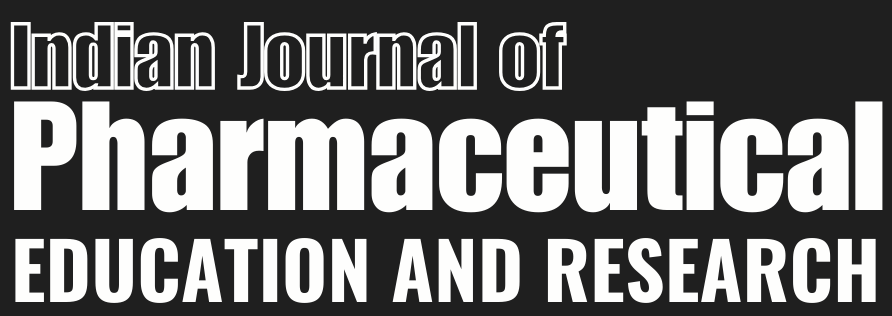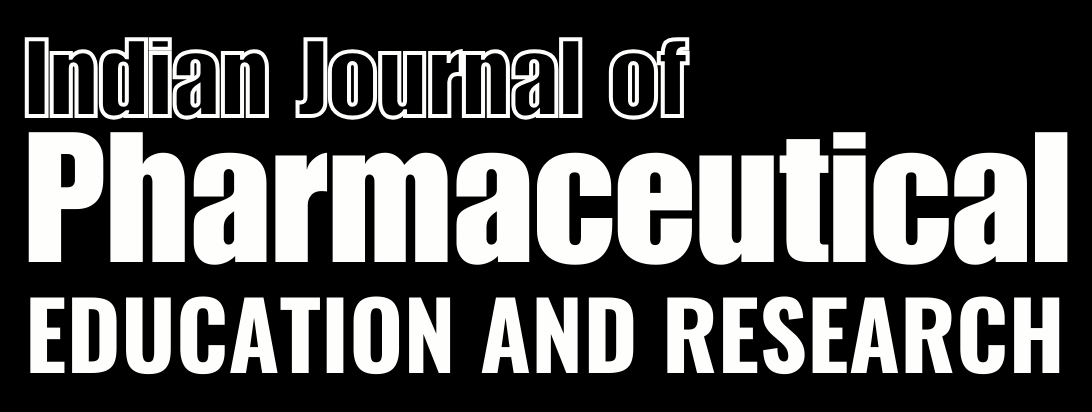ABSTRACT
Background
Oral Squamous Cell Carcinoma (OSCC) is a prevalent and aggressive form of cancer with limited effective therapeutic options. This study explores the potential anticancer effects of ursolic acid and its mechanism using a network pharmacology approach, in silico molecular docking and various experimental methods to validate these findings.
Materials and Methods
Oral cancer genes were found using Genecards, Drugbank and Therapeutic Target Database. Swiss Target Prediction and SuperPred provided ursolic acid targets. Out of 94 targets found, only 24 remained after filtering. Using “oral carcinoma” in GeneCards yielded 6108 oral cancer targets. In addition, MTT cell viability, fluorescence microscopy and cell migration assays were used to validate the results in vitro.
Results
Oral cancer and ursolic acid shared 21 common targets, identified via Venn diagram. A Protein-Protein Interaction (PPI) network was constructed using the STRING database to emphasize the strong and torturous relationship among these 21 shared targets. The PPI network analysis using the CytoHubba plug-in revealed that STAT3, RELA and NFKB1 were identified as the primary therapeutic targets of ursolic acid. Molecular docking revealed significant interactions between ursolic acid and protein targets, with binding energies of -8.1, -8.1 and -7.3 kcal/mol for STAT3, RELA and NFKB1 targets, respectively. The experimental validation in vitro revealed that ursolic acid-induced apoptosis and inhibited cell migration in oral squamous carcinoma cells in a dose-dependent manner.
Conclusion
The network pharmacology analysis revealed STAT3, RELA and NFKB1, as key targets of ursolic acid in OSCC which was further supported by both molecular docking and in vitro experiments demonstrating its apoptotic and anti-migratory effects.


